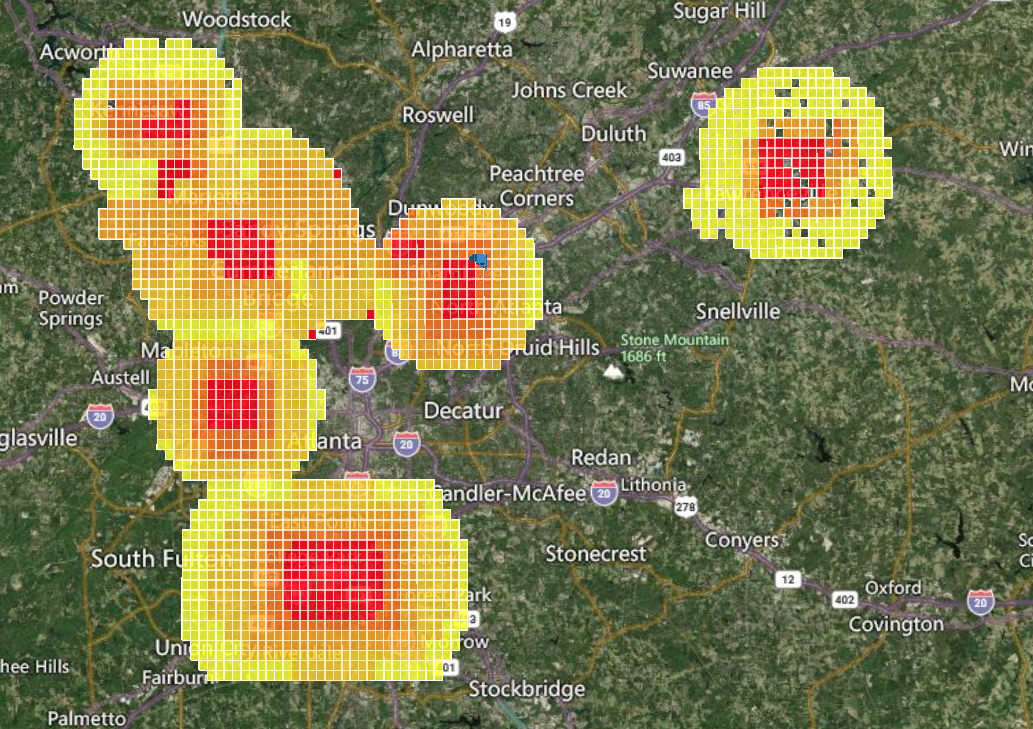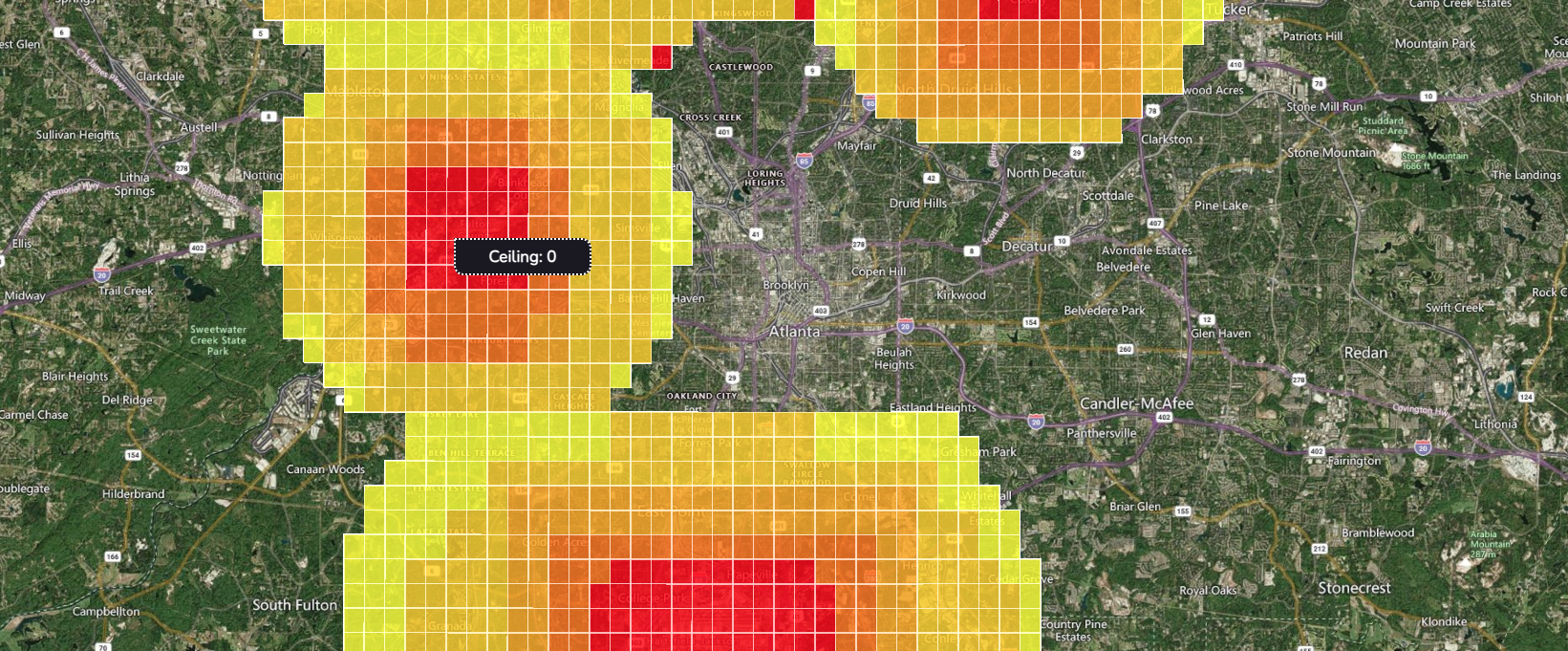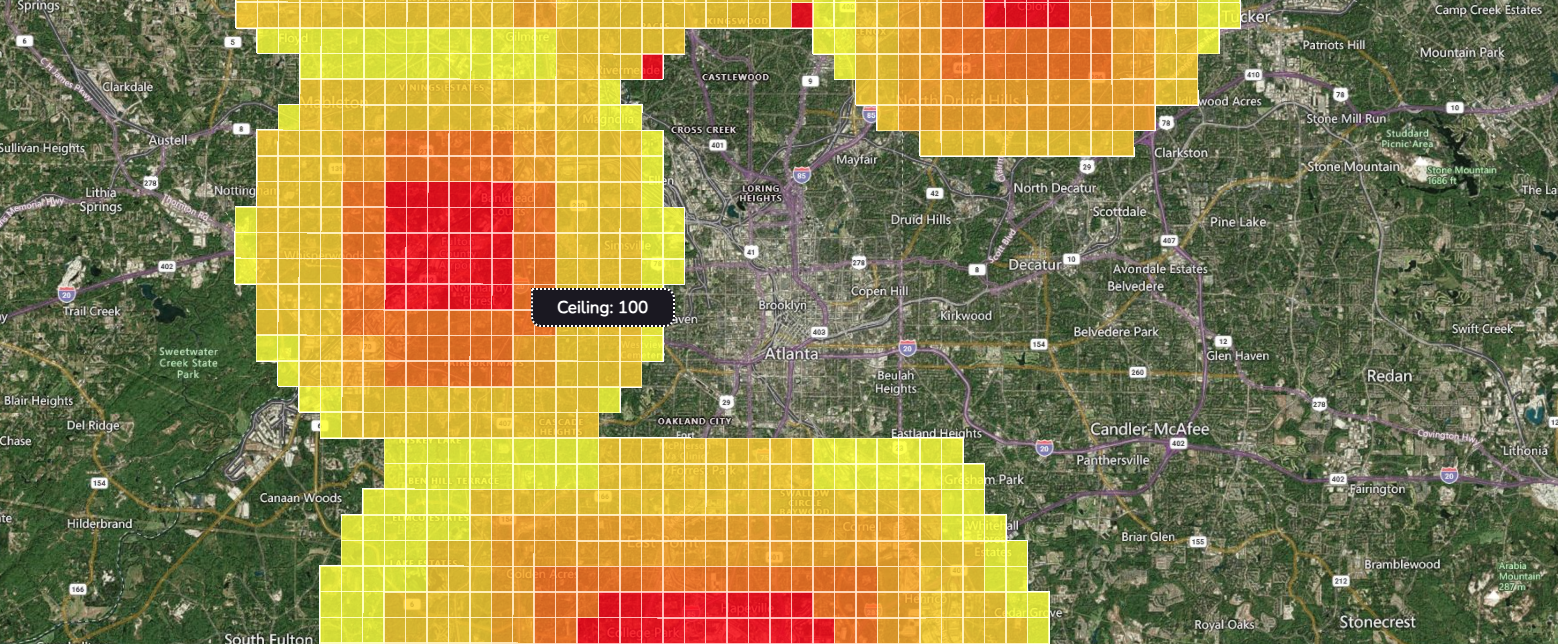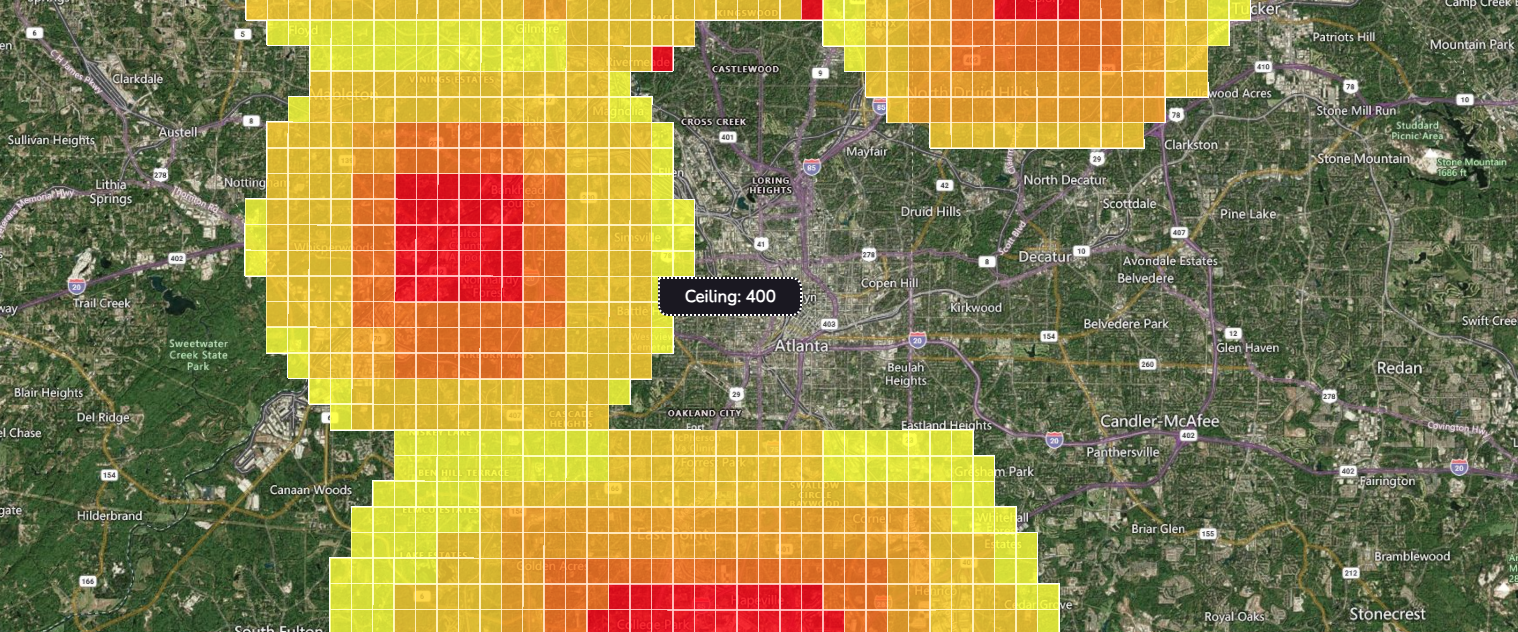Prohibited Areas, Restricted Areas, and National Security UAS Flight Restrictions
What is a restricted area?
These areas are restricted but not limited to be used because these areas might have dangerous activities so these areas need to be kept away from aircraft like drones. Click here for more information.
Dangerous activities are like the existence of unusual, often invisible, hazards to aircraft such as artillery firing, aerial gunnery, or guided missiles. Penetration of restricted areas might cause extremely hazardous to the aircraft and its occupants. Restricted areas are published in the Federal Register and constitute 14 CFR Part 73. Click here for more information.
What is a prohibited area?
These areas are prohibited to fly drones, and we need a special permission of the using agency. Click here for more information.
These areas contain airspace of defined dimensions identified by an area on the surface of the Earth within which the light of aircraft is prohibited. Such areas are established for security or other reasons associated with national welfare. These areas are published in the Federal Register and are shown on aeronautical charts. Click here for more information.
What are National Security UAS (Unmanned Aircraft Systems) Flight Restrictions?
The FAA has established Temporary Flight Restrictions (TFRs) under 14 CFR 99.7 (Special Security Instructions) to prohibit UAS operations around sensitive national security facilities in the US. FAA regulation under 14 CFR - 99.7, has prohibited all UAS flights in areas defined in NOTAM FDC 7/7282 with restrictions apply 24/7, from the surface to 400 feet AGL. This affects all UAS types and purposes, including public aircraft (with COA/Waiver), Civil aircraft (under COA or Part 107), Model aircraft (Part 101). UAS operators must receive pre-approval from the designated facility contact listed in the TFR documentation. Approval is based on criteria from the sponsoring federal agency. Pre-approval does not replace the need for FAA waivers or airspace authorizations. Operations supporting national defense, law enforcement, homeland security, search and rescue, or disaster response missions are allowed if the operator provides prior notification to the facility contact. Operators must coordinate with the facility to address any safety or security concerns. Violating these TFRs may result in civil penalties, suspension or revocation of FAA-issued authorization or certificates. Model aircraft must comply with Part 101, including the requirement to notify any airport and air traffic control tower within 5 miles of the light area. Civil and Public UAS operators must hold and comply with the conditions of a COA, operate under Part 107, or have a Section 333 exemption. These operators may need additional airspace waivers or authorizations if flying in controlled airspace overlapping a TFR zone. Click here for more information.
What is the primary reason why we need to comply with the National Security UAS Flight Restrictions Regulation?
The primary reason is national security regarding various US departments. The most common department that is listed in this regulation is the US Department of Defense (DOD) where lots of military locations are based across all states in the US. The US Department of Justice and the US Department of Homeland Security are also common in the UAS Flight Restrictions. California, North Dakota, Montana, Texas, and Colorado are among the US states with the highest number of UAS flight restriction zones. Click here for more information.
What is ceiling?
The altitude at which a climb is no longer legally possible. Click here for more information.
FAA Restricted and FAA Prohibited zones will be portrayed as the following pictures on the map when using https://www.worldsivue.com

This is a view from Atlanta area with FAA Restricted and FAA Prohibited zones.

The areas that have ceiling 0 are restricted and prohibited because there is no flights that can be made above 0 feet.

The areas that have ceiling 100 are where there is no flights that can be made above 100 feet.

The areas that have ceiling 400 are where there is no flights that can be made above 400 feet.